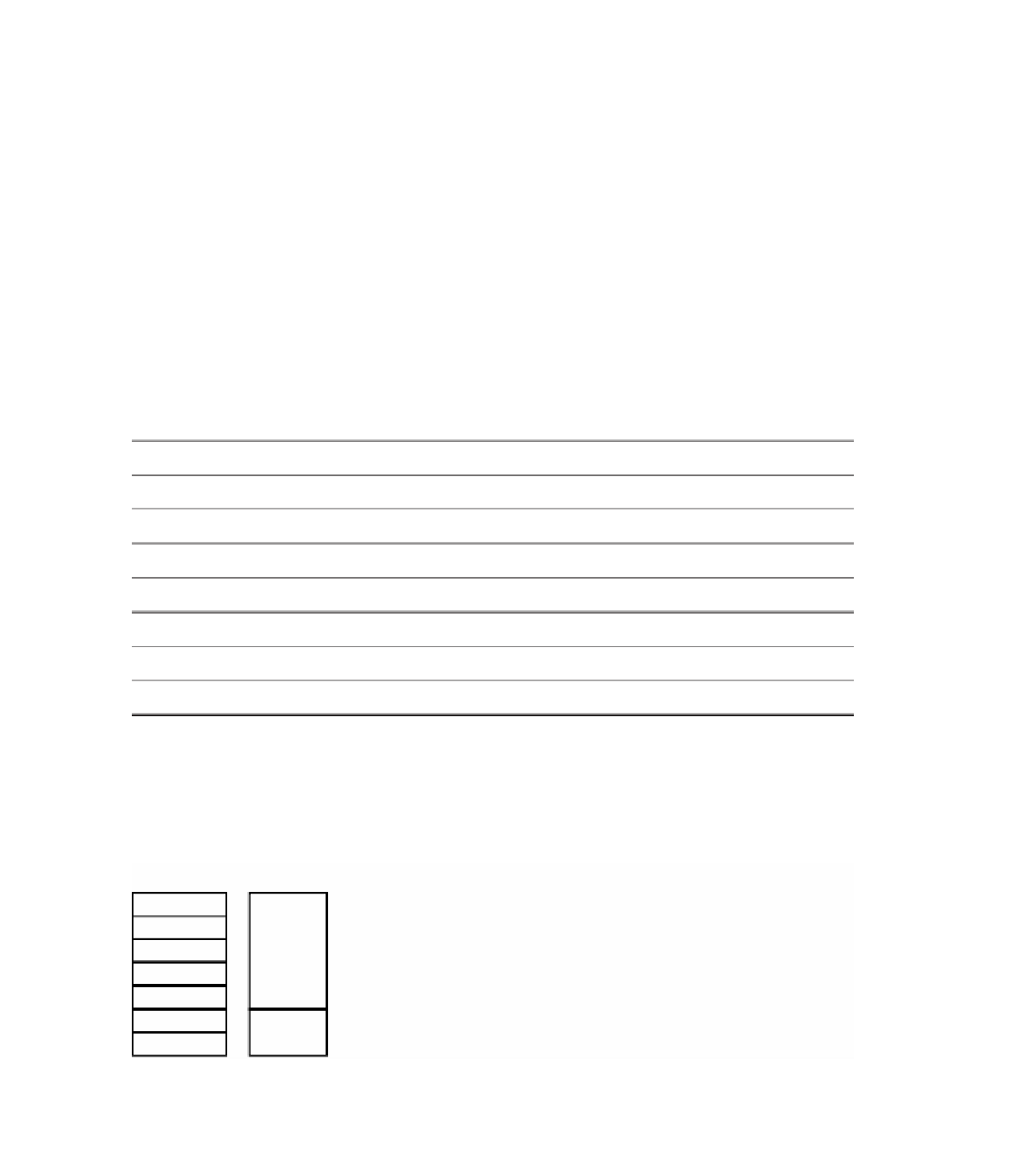Information Technology Reference
In-Depth Information
needed. RMON looks at MAC-layer data and provides aggregate information on the sta-
tistics and LAN traffic.
Enterprise networks deploy network probes on several network segments; these probes
report back to the RMON console. RMON allows network statistics to be collected even
if a failure occurs between the probe and the RMON console. RMON1 is defined by
RFCs 1757 and 2819, and additions for RMON2 are defined by RFC 2021.
The RMON MIB is located at iso.org.dod.internet.mgt.mib.rmon or by the equivalent ob-
ject descriptor, 1.3.6.1.2.1.16. RMON1 defines nine monitoring groups; each group pro-
vides specific sets of data. One more group is defined for Token Ring. Each group is
optional, so vendors do not need to support all the groups in the MIB. Table 15-5 shows
the RMON1 groups.
Ta b l e 1 5 - 5
RMON1 Groups
ID
Name
Description
1
Statistics
Contains real-time statistics for interfaces: packets sent, bytes, cyclic
redundancy check (CRC) errors, fragments.
2
History
Stores periodic statistic samples for later retrieval.
3
Alarm
An alarm event is generated if a statistic sample crosses a threshold.
4
Host
Host-specific statistics.
5
HostTopN
Most active hosts.
6
Matrix
Stores statistics for conversations between two hosts.
7
Filters
Allows packets to be filtered.
8
Packet Capture
Allows packets to be captured for subsequent analysis.
9
Events
Generates notification of events.
RMON2
RMON1 is focused on the data link and physical layers of the OSI model. As shown in
Figure 15-4, RMON2 provides an extension for monitoring upper-layer protocols.
OSI Model
RMON
Application
Presentation
Session
RMON2
Transport
Network
Data Link
Physical
RMON1
Figure 15-4
RMON1 and RMON2 Compared to the OSI Model


